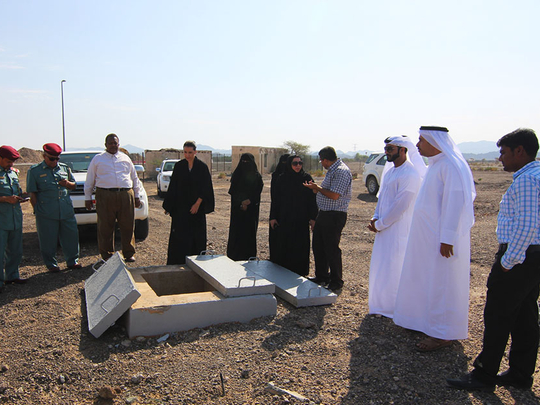
Water distribution programme commenced by opening the Central Region dams’ barrier gates and releasing reservoir water to rocky geographic lands
Abu Dhabi: The Ministry of Environment and Water’s Dams Department has commenced its water distribution programme by opening the Central Region dams’ barrier gates and releasing reservoir water to the rocky geographic lands downstream in order to feed aquifers in the surrounding area.
The Shoka Valley dam was the first opened by the Ministry.
The move to release reservoir water plays a vital role in the Ministry’s strategy of ensuring water security, expanding water networks, guaranteeing the sustainability of efficient water collection, and enhancing water supply.
It is also an important element of the Ministry’s 2014-2016 operational plan, which strongly emphasises the strengthening of the operational efficiency of dams and water installations.
The programme aims to spread water in the largest possible expanse across the designated regions in order to effectively contribute to feeding aquifers and enhancing their quality.
Trapped rainwater
The rocky areas behind the dam will also greatly benefit from the trapped rainwater in the dam ponds.
The Ministry has ensured that the procedure related to the opening of the water exits of dams and barriers following floods and the accumulation of rainwater in lakes is in accordance with technical requirements, world-class standards and the best international practices in the field.
Releasing water to areas located behind the dam is also beneficial in feeding the site’s water-bearing ground.
According to the Ministry, the Shoka Valley dam stored 275,000 cubic meters of water, the Philly 2 Lake dam accumulated 200,000 cubic meters, and the Almansib dam collected 150,000 cubic meters.
The dams hold a total estimated volume of 583,000 cubic meters which is equivalent to 128 million gallons.












